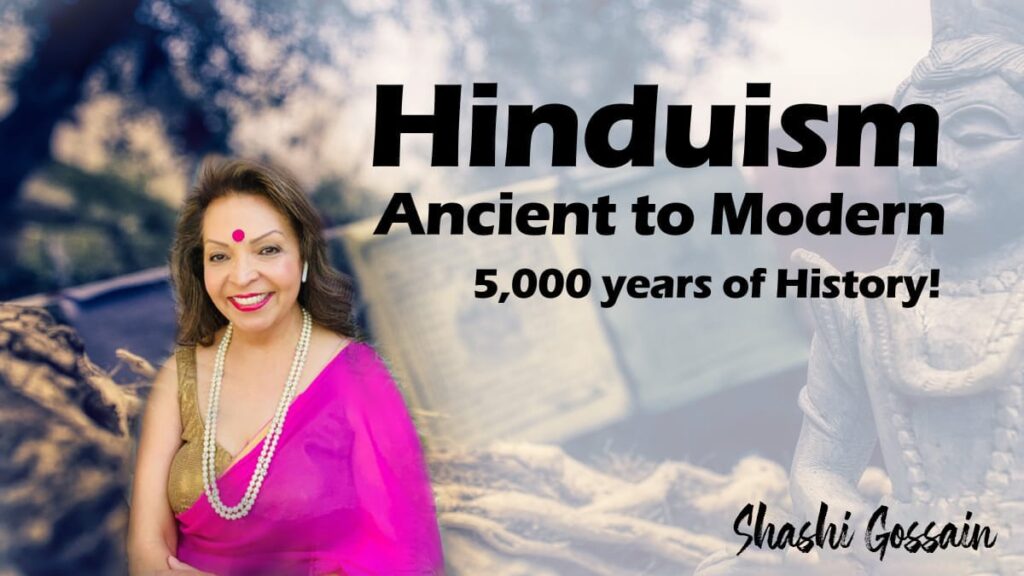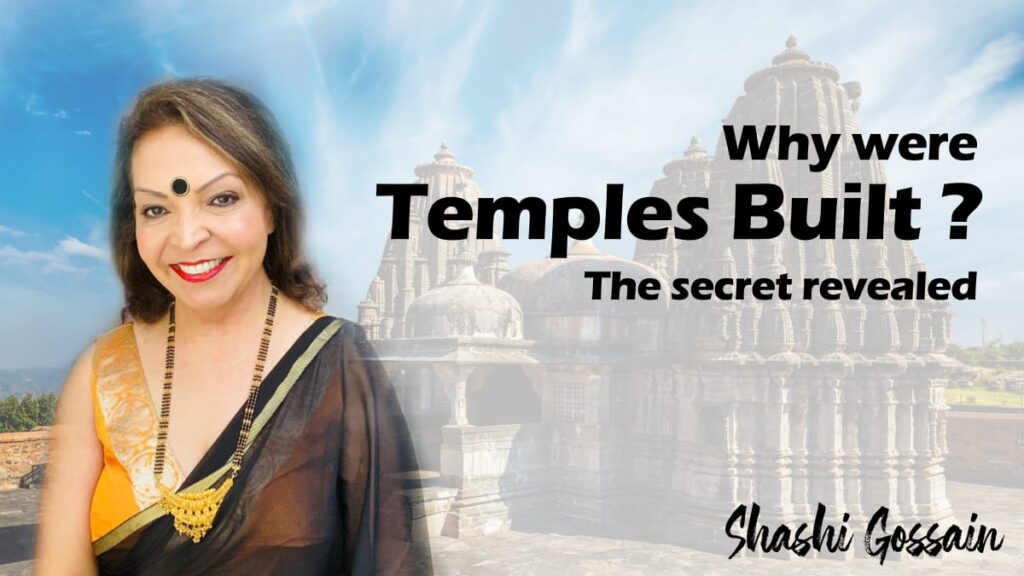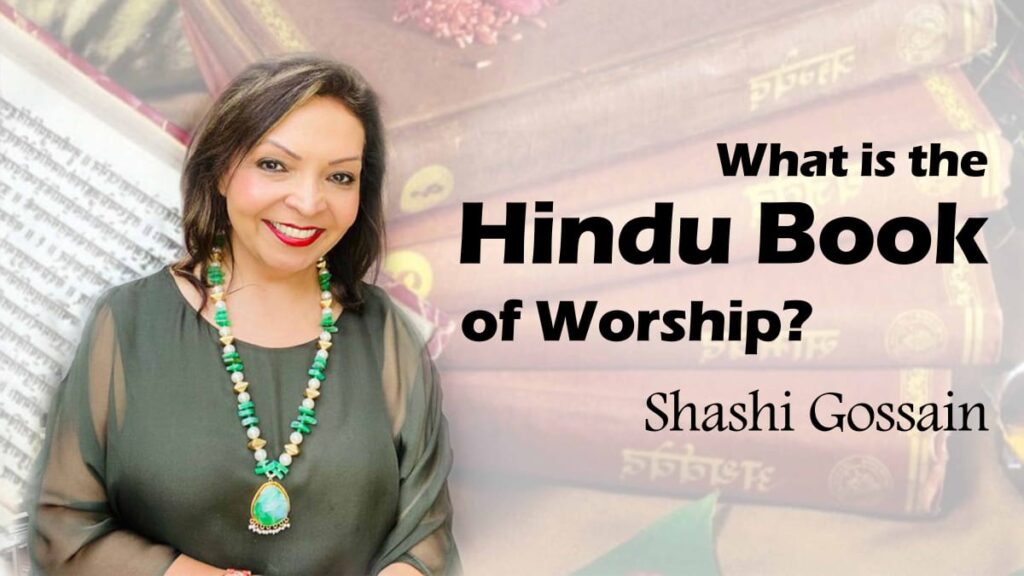Hindu Religion
Hinduism (Sanatana Dharma) is known for its rich culture. Hinduism is one of the world’s oldest religions with complex roots. Hinduism is like the sky which has no end. Neither its beginning is known, nor its end. We are going to talk about how Hinduism survived……
What is Sanatana Dharma?
Hinduism had no single founder, but is instead a fusion of various beliefs & cultures. Hinduism actually means Sanatanaa Dharma, which started with the first sound. It means the eternal religion. It is believed that Rishis heard the eternal truths & taught their disciples.
What did the Indus Valley Civilization contribute to Hinduism?
Before we can see how Hinduism has survived over 6000 years of history, let’s look at our ancient past first. Indus civilisation existed nearly 6k years ago, between two rivers, Saraswati & Indus, Stretching from N.W Afghanistan and Pakistan to N.W India. The area was called “Sindhu”, which is a Sanskrit word for “River”, and later Persians called it Hindu, & Greeks called it India, the plural form, “Land of many lands”. It was the largest & most advanced civilisation, surpassing Egypt, Mesopotamia & China. They were highly organised cities, with trade routes to present Persia & east towards Central Asia. River Saraswati is believed to have dried up 5000 years ago & they migrated east along River Ganga. Vedas called this land “Sapta Sindhu”, “land of 7 sacred rivers”, which have become very important pilgrimage points for people all over the world.
- Ganges River
- Yamuna River
- Indus River
- Saraswati River
- Godavari River
- Narmada River
- Kaveri River
2300-1500 BC
is believed to be the first recorded evidence. Archaeological sites have found Statues, symbols of deities , inscriptions of god shiva meditating, Shivalinga, symbols of Om & Swastika inscriptions, fire havan kunds for havan vedic riual, pottery, coins, bangles, beads, tools, toys, & playing dice
1500 BC
Indo-Aryan people migrated to the Indus valley, bringing their language and culture.
1500-1200 BC
The Rig Veda is written and is composed of 1,028 hymns devoted to the gods. Rig veda mentions fire worship, or yagna which is still carried out in the same way today, with mantras that have been memorized. The caste system, which divided the society according to their occupations, Gave a social order & stability & played a part in marriages & elections. Men used to go out to work, while women looked after the home, participated in religious, festivities & social activities.
1000 BC
advances in Maths & science, Zero, decimals, infinity invented, with complex trigonometry, which formed the plans for monumental Temples. There were precise calculations for Astronomy too. There’s evidence of Medicine & surgical methods, which were only developed in the west in the 18th cent.
800-600 BC
The Brahmans are written and added to the Vedas. They are prose writings that explain certain ceremonies found in the Vedas. The period when the Vedas were composed became known as the “Vedic Period” and lasted from about 1500 B.C. to 600 B.C. Rituals, such as sacrifices and chanting, were common in the Vedic Period.
After Indus Velley Civilization-
600 BC – The belief in reincarnation develops. 300-650 AD – The worship of images, especially female divinities, becomes common. 4th Century, steel was discovered, and there’s still an iron pillar in Delhi is a structure which is 7.2m high & 41cm diameter that was constructed by Chandragupta II in 375 CE, which has not rusted. In the 7th century, Muslim Arabs began invading areas in India & ruled from 800 to 1700 AD. Islamic rulers discouraged Hindus from worshipping their deities, and a lot of iconic Hindu temples were destroyed & ancient scriptures burnt. Between 1757 and 1947, the British controlled India. At first, the new rulers allowed Hindus to practice their religion without interference. But later, Christian missionaries sought to convert and westernize the people Many reformers emerged during the British Period. The well-known politician and peace activist, Mahatma Gandhi led a movement that pushed for India’s independence. 1947 – British India is split into what is now India and Pakistan. Hinduism is now the major religion of India.
Let’s go back in history & see how Hindus withstood Time: Islamic rule:
- Plundering & destruction of temples, which were then converted into mosques.
- Cow sacrifices in temple in front of Brahmin priests
- Abduction & rape of Hindu girls, who became part of their harems.
- Imposed ‘Jaziya’ or extra taxes on non-Hindus.
- They tried to bribe Hindus with money & Muslim women, but Hindus resisted
How did Hindus escape Mass conversions?
Brave leaders
who resisted Islamic rule & saved Hindus from conversion in masses e.g.:
- Shivaji and Marathas leaders in Deccan
- Maharana Pratap in Rajasthan
- Jats of Bharatpur and Mathura
- Durga Das Rathod of Rajputana
- Raja Krishandev of Vijayanagra
- Maharaj Ranjit Singh in North India
- Sikh gurus in North India
Conduct of Hindus:
Social practice of non-cooperation, social distance & boycott of Muslims in main stream.
Migrate
Migrate to areas with Hindu kings. There was constant migration across the Deccan plains.
Preferred
Preferred to pay the extra taxes than convert.
Bhakti movement:
Many saints re-iterated the message of Dharma & energized the people.
Suddhi movement:
Hindus, who had been forcibly converted, were brought back to Hinduism.
Purity of thoughts
Islamic conduct e.g. harems, polygamy, torture, consumption of beef was considered immoral & low-intellect behavior to the pious Hindus.
Livelihoods
There were temples in each village, which gave jobs to priests, craftsmen, artisans & dancers. Also stock pile of grain was kept in temples, which were used in emergency. Converting would have meant losing their livelihoods.
How has Modern Hinduism evolved?
Hinduism has changed a lot over the last 6 thousand years. In the past complex rituals and yagnas were performed by Brahmins. The Bhakti Movement started so as to simplify the ancient literature, so that all could access the Vedic culture. Even today, Hinduism is adapting to the conditions of the 21st century.
- It believes in strong family values, which have passed through generations.
- It’s an evolving, dynamic & flexible religion, & old rituals with complex mantras, have been replaced with simpler prayers. The deeper, more philosophical aspects of the religion have gained prominence because such things are more relevant to an educated population that can think critically.
- Hinduism is a very open & tolerant religion, with one Absolute ,which can be arrived at by many paths. Respect all religions.
- Political and religious class came together to consolidate their hold.
- During the Maurya and Gupta empires, the Indian culture and way of life were deeply influenced by Hinduism, which further ingrained spiritualism.
- Hinduism preaches peace and calmness, including Yoga & connection with the Absolute Today, Hinduism is a more democratic, national, homogenous, and political religion, in a way it wasn’t before. It has adapted to modernity, and the values instilled have taken Hindus to the highest posts in political & corporate posts throughout the world.
How many Hindu countries are there in the world?
Hinduism is third largest religion in the world, with 1.5 billion followers.
Where are the followers of Hinduism located?
India, Nepal, Bangladesh, Indonesia, Pakistan, Srilanka, USA, Malaysia, UK, Myanmar, Mauritius, Thailand, West Indies, Fiji, Saudi Arabia, Oman etc.




Pingback: Are Hindus forbidden to eat meat? - Simple Hinduism
Pingback: Classical dances of India - Simple Hinduism